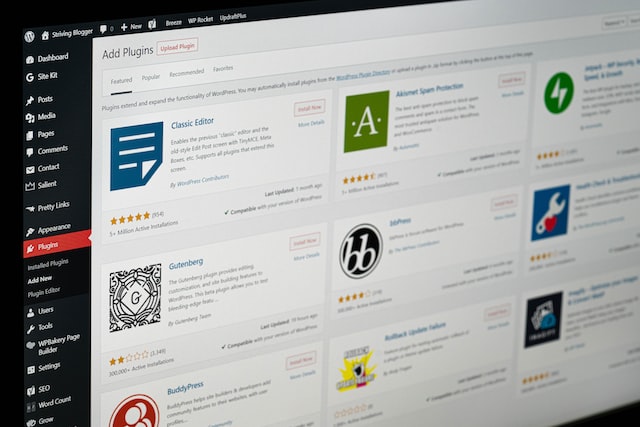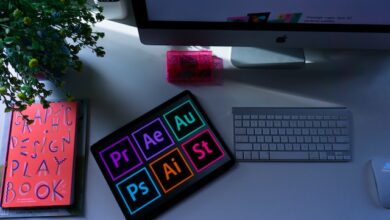Mastering the Art of Web Design: A Step-by-Step Guide

In today’s digital age, having a strong online presence is crucial for businesses and individuals alike. One of the key elements of establishing that presence is an appealing and user-friendly website. Web design is a skill that can empower you to create captivating online experiences. If you’re eager to dive into the world of web design, this step-by-step guide will set you on the path to becoming a proficient web designer.
Step 1: Set Your Goals and Define Your Style: Before embarking on your web design journey, it’s essential to determine your goals. Understand what you want to achieve with your designs, whether it’s building a personal portfolio website, creating sites for clients, or enhancing your existing skill set. Additionally, defining your preferred style, such as minimalist, bold and colorful, or corporate, will help guide your design choices.
Step 2: Learn HTML and CSS: HTML (Hypertext Markup Language) and CSS (Cascading Style Sheets) are the building blocks of web design. HTML provides the structure and content of a webpage, while CSS controls its presentation and layout. Start by learning the basics of HTML tags, attributes, and elements, and then proceed to grasp CSS selectors, properties, and values. Online tutorials, interactive courses, and coding bootcamps can be excellent resources for learning these fundamental languages.
Step 3: Familiarize Yourself with Web Design Principles: Web design is not just about coding; it also involves creating visually appealing and user-friendly interfaces. Study design principles, such as colour theory, typography, layout composition, and visual hierarchy. Understand how to choose harmonious color palettes, pair fonts effectively, and create balanced and intuitive layouts. Explore good and bad websites to develop your eye for design and gain inspiration for your projects.
Step 4: Learn Responsive Design and Mobile Optimization: With the increasing use of smartphones and tablets, designing responsive websites that adapt to various screen sizes is crucial. Master the art of responsive design by using CSS media queries, flexible grids, and fluid images. Understand how to optimize your designs for mobile devices, ensuring a seamless user experience across different platforms. Stay updated on the latest trends in responsive web design to keep your skills sharp.
Step 5: Explore Web Design Tools and Technologies: Web design involves using a variety of tools and technologies to streamline your workflow and enhance your designs. Familiarize yourself with graphic design software like Adobe Photoshop or Sketch for creating visual assets. Learn how to use prototyping tools like Adobe XD or Figma to create interactive mockups and wireframes. Stay informed about the latest web design frameworks and libraries, such as Bootstrap or React, which can expedite your development process.
Step 6: Practice, Iterate, and Seek Feedback: The saying “practice makes perfect” holds true in web design as well. Build a portfolio of personal projects to showcase your skills and experiment with different design concepts. Continuously iterate on your designs based on user feedback and usability testing. Engage with the web design community through forums, social media groups, and local meetups to seek advice, share knowledge, and learn from experienced designers.
Step 7: Stay Updated and Keep Learning: Web design is an ever-evolving field, with new trends, techniques, and technologies emerging regularly. Stay current with the latest design trends, responsive design practices, and usability standards. Follow influential web design blogs, attend web design conferences, and subscribe to design podcasts to stay informed about industry developments. Continuous learning is key to staying relevant and growing as a web designer.
Conclusion: Learning web design is an exciting and rewarding journey that opens doors to countless opportunities in the digital realm. By setting goals, mastering HTML and CSS, understanding design principles, embracing responsive design, exploring tools and technologies, practicing consistently, and staying updated, you can become a proficient web designer. So, grab your coding editor, unleash your creativity, and embark on this fulfilling adventure of mastering the art of web design.




